Jaguar Vision GT Coupé SV Akan Datang Ke GT Sport
Sekiranya anda tidak biasa dengan siri permainan video Gran Turismo di Playstation, berikut adalah penerangan kilat. Banyak syarikat kereta diberi peluang untuk membuat kenderaan digital futuristik yang mewakili jenama mereka dalam siri terbaru Gran Turismo Sport. Kereta ‘Vision Gran Turismo’ ini berkisar dari Lamborghini V12, hingga Mazda berkuasa rotary dan banyak lagi. Jaguar memilih pelumba semua elektrik yang memperoleh teknologinya dari kereta lumba Formula E I-Type. Mereka memanggil kereta ini Vision GT Coupé dan bukan hanya membiarkannya untuk dinikmati oleh gamer, mereka menelitinya semula dengan peningkatan.
Mereka memaggilnya Jaguar Gran Turismo Vision Coupé SV dan ia lebih baik dalam semua cara berbanding dengan kereta asdasnya. Ingatlah, semua ini adalah teori. Jaguar tidak perlu membuat kenderaan yang berfungsi, tetapi mereka memperoleh beberapa angka dari teknologi Formula E mereka. Oleh itu, terimalah ia dalam perlakuan sebagai bahan pemasaran untuk jenama. Mereka sebenarnya sedang membangun model skalanya, dan varian SV mungkin juga akan tersedia pada GT Sport.

Berikut adalah beberapa penambahbaikan utamanya:
- 4 motor elektrik
- Kuasa 1903PS dan tork 3360Nm
- 40,000rpm ‘redline’
- 0-100km/h 1.65 saat
- Top speed 410km/h
- 861mm panjang
- Splitter depan baharu
- Deployable wing belakang baharu
- Downforce ditingkatkan. (483kg @ 322km/h)
- Drag dikurangkan (Cd 0.398)
Sekiranya anda mahukan lebih banyak maklumat mengenai kenderaan ini, lihat siaran media mereka di bawah.
SIARAN MEDIA
The Jaguar Vision Gran Turismo Coupé – the first all-electric Jaguar sports car created for the globally-renowned Gran Turismo series, revealed in October 2019 – has already proved highly successful, attracting gamers with its radical, heritage-inspired design, driver-focused interior, and outstanding ride and handling.
Yet to the team from Jaguar Design, SV and Jaguar Racing, the Vision GT Coupé represented only the starting point for development of the Vision GT SV. It was an opportunity to re-evaluate everything that could improve performance and in doing so, re-think what an electric Jaguar endurance race car could be.
Fundamental to that process was detailed analysis of gamer feedback from online videos and forums. This ‘virtual world testing’ combined with many hours ‘behind the wheel’ enabled the design and engineering teams to determine exactly how to optimise the Vision GT SV to create the perfect electric gaming endurance race car.
Designed as the ultimate virtual endurance racer, the Jaguar Vision GT SV pays homage to its illustrious forebears not only in a host of styling and surfacing references but in its unique circuit board livery which nods to milestones such as the Le Mans debuts of the C-type and D-type in 1951 and 1954 respectively.
The streamlined, lightweight composite body structure now houses four Jaguar Racing and SV-designed electric motors to the Coupé’s three, generating a combined output of 1,903PS (1,400kW) and 3,360Nm of instant torque with the traction and dynamics benefits of intelligent all-wheel drive and torque vectoring. Acceleration from 0-60mph takes just 1.65 seconds, on the way to a maximum speed of 255mph. The task of harnessing the Gran Turismo SV’s power to deliver an even more exhilarating racing experience for gamers fell to Jaguar’s SV engineering team.
The Vision GT Coupé’s elegant silhouette is still clearly recognisable in the GT SV, including the curvature of the C-type and D-type-inspired fenders, and – even with the additional motor driving the front axle – the wheelbase remains unchanged at 2,721mm.
Measuring 5,540mm from nose to tail, the GT SV is 861mm longer overall – a change driven entirely by aerodynamics. To deliver the increased downforce needed for greater traction for faster cornering and increased high speed stability on long straights, the GT SV has a new front splitter and a new deployable rear wing.
To solve the often conflicting requirements of increasing downforce while also minimising drag, the SV team worked with Jaguar’s designers to develop a full suite of features which work together to improve dynamics, stability, performance and efficiency.
In addition to the larger, more effective splitter – which produces downforce over the front axle –apertures in the front valance channel air across the face of the front wheels to reduce turbulence and help air to flow cleanly towards the rear of the car. Air passing through the wheel wells is also smoothed towards the rear via exit vents in the fenders.
The completely enclosed, sculpted underbody – which includes a keel element behind the front axle to aid high-speed stability – accelerates airflow, reducing its pressure and therefore helping to reduce lift, before it exits at the rear via a large venturi.
The single most effective aero feature developed for the GT SV is its deployable rear wing, inspired by endurance racing cars from Jaguar’s rich lineage, including the XJR-14. Meticulously developed from concept to final design through many iterations, the wing’s main, fixed, section wraps over and around the back of the car, blending smoothly into the rear haunches.
The wing is designed as an integral element of the sculpted bodywork while also providing the aerodynamic performance required for endurance racing: two moveable sections automatically rise at speed to deliver extra downforce when needed but drop back to their nominal positions to minimise drag.
As a result, the GT SV has a drag coefficient of Cd 0.398 – remarkably low for a race car – but also generates 483kg of downforce at 200mph.
Jaguar Racing engineers developed the GT SV’s extraordinary quad-motor all-electric propulsion system. They also designed the system for the first Jaguar Vision GT car, applying all of their knowledge and experience from developing the Jaguar I-TYPE over six successive seasons.
The work was split into two main projects: A second 407PS (300kW) motor to the front axle to deliver the higher power and torque ratings required. Then the thermal management system was further improved to cope with the higher loads and to ensure that sustained high speeds and extreme acceleration could be maintained throughout an endurance race.
With one motor driving each wheel, the GT SV’s propulsion system generates a combined output of 1,903PS (1,400kW) and 3,360Nm torque. Each motor has its own single-speed transmission: these are designed to give the strength and robustness needed for the high torque ratings, together with minimal mass and friction for optimum efficiency, and the capability to deliver the car’s 255mph top speed.
As well as electric all-wheel drive the one motor per wheel configuration also enables infinite control of lateral and longitudinal torque distribution, delivering a step-change in torque vectoring capability for even greater traction, agility, and control.
Power comes from a state-of-the-art lithium-ion battery pack which is housed low down in the GT SV’s light, stiff body structure, delivering a low centre of gravity, a low roll centre and near-perfect weight distribution.
The thermal management system is enhanced by an additional liquid nitrogen circuit which provides extra capacity to enable the battery to provide maximum power for longer while remaining within its ideal temperature range. The nitrogen cooling is also linked to the boost button within the cabin to ensure that even during the most demanding operating conditions the battery will not exceed its upper temperature limit.
The unique, powertrain soundscape so fundamental to the visceral driving experience of the Jaguar Vision GT Coupé has been further enhanced for the GT SV version. Reflecting the increase in power and torque from the four electric motors to its precursor’s three, the GT SV generates a sound that is even more purposeful and distinctive, and is authentically yet futuristically Jaguar. Building to a crescendo at the 40,000rpm redline, it reflects the GT SV’s true racing DNA and delivers unrivalled driver reward.
The experience is heightened by an interior designed for racing. The pure, sweeping surfaces within the cockpit truly envelop the driver and position the instruments and perfectly weighted controls exactly where they need to be. Every component is beautifully crafted with absolute precision from advanced lightweight materials, including the new TYPEFIBRE fabrics used to cover the two sculpted composite seats. TYPEFIBRE is an innovative system of performance materials being developed by Jaguar to deliver a lighter alternative to leather with outstanding comfort and durability. TYPEFIBRE fabrics will be tested by Jaguar Racing in the I-TYPE 5 during season 7 of the ABB FIA Formula E World Championship.


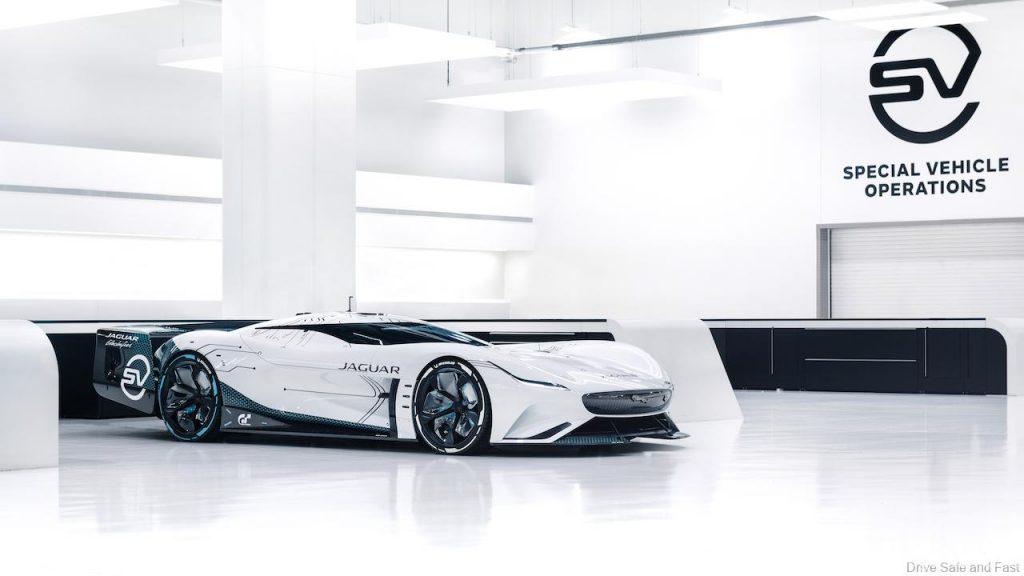

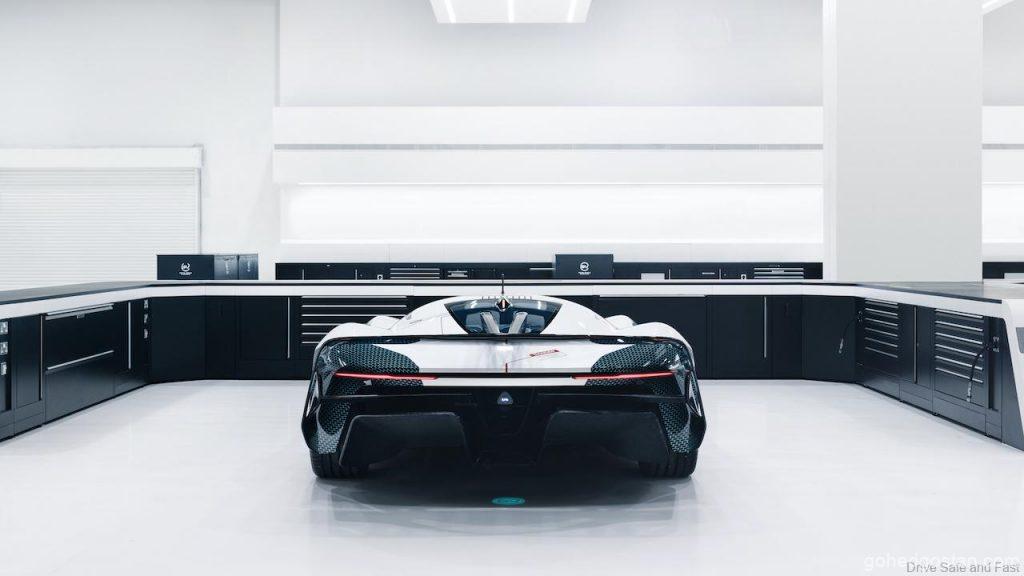
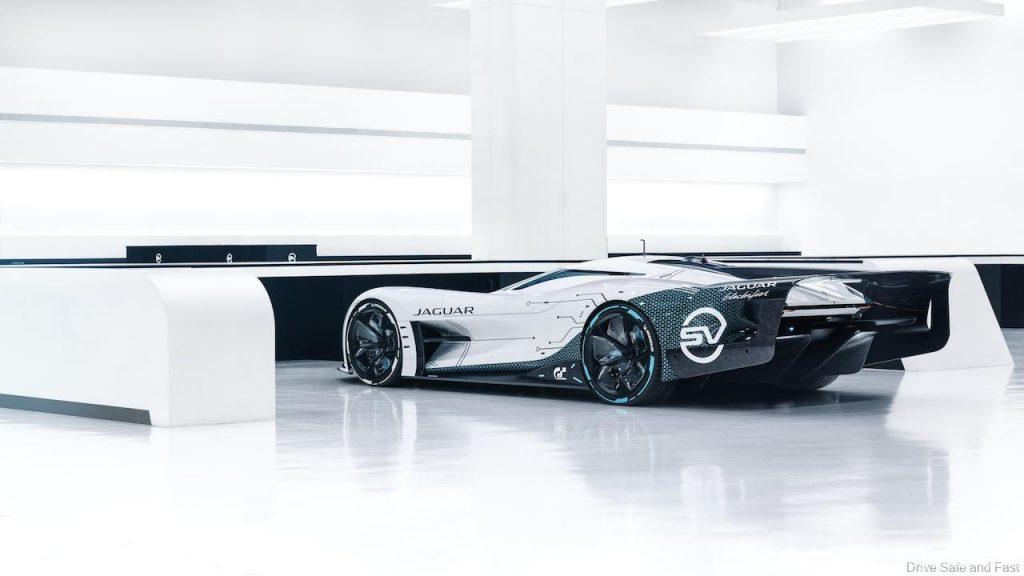

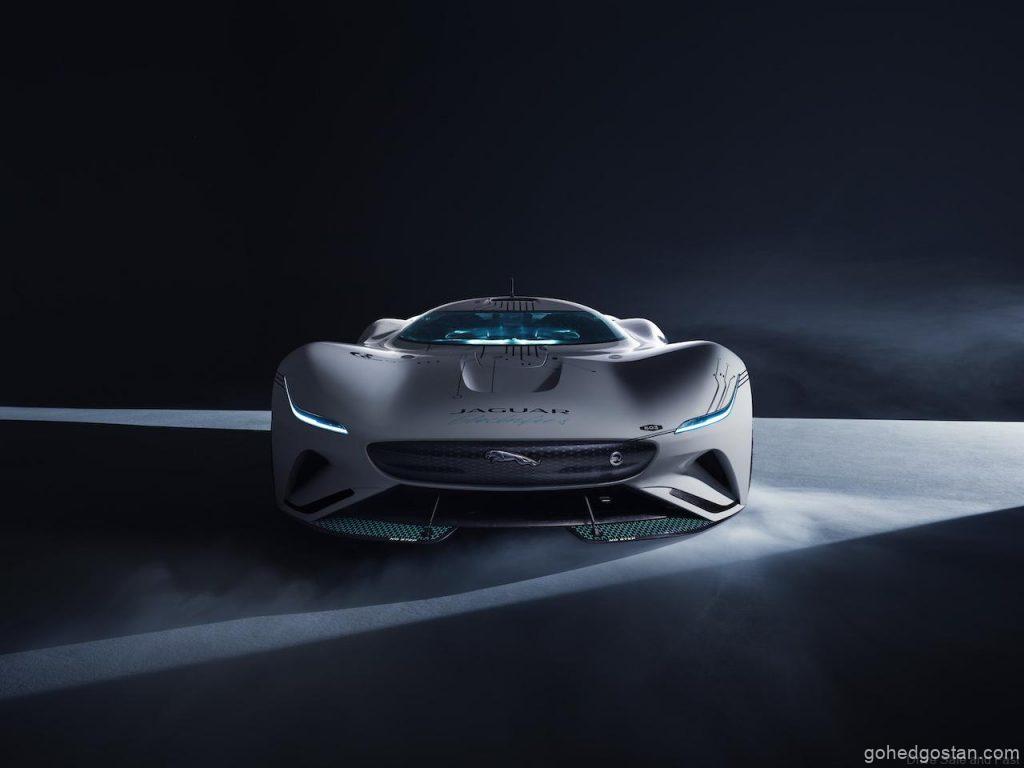

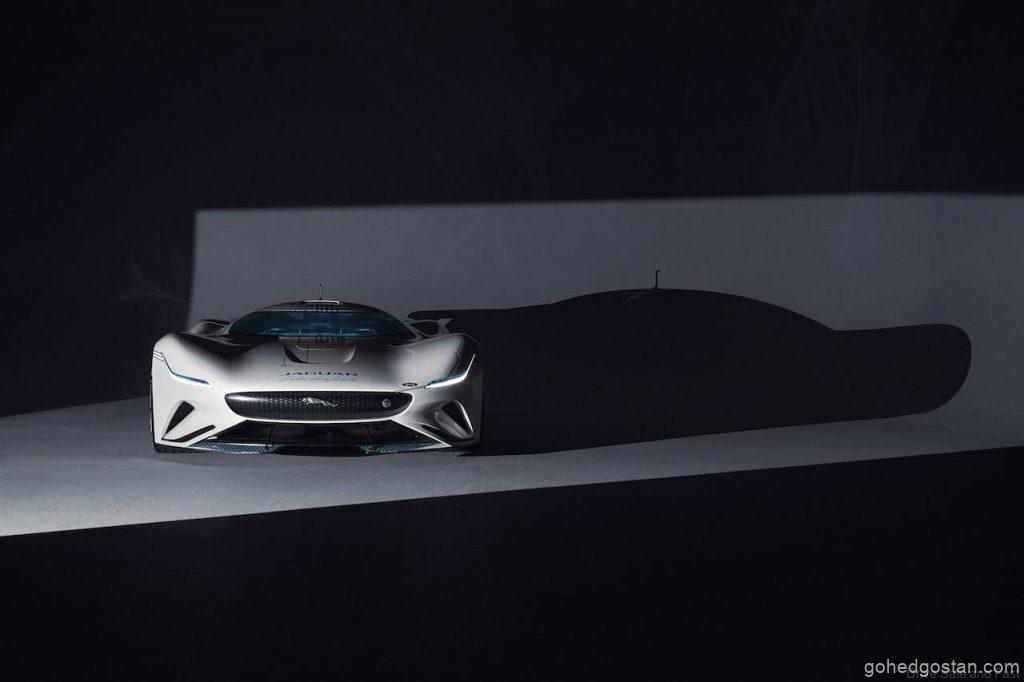
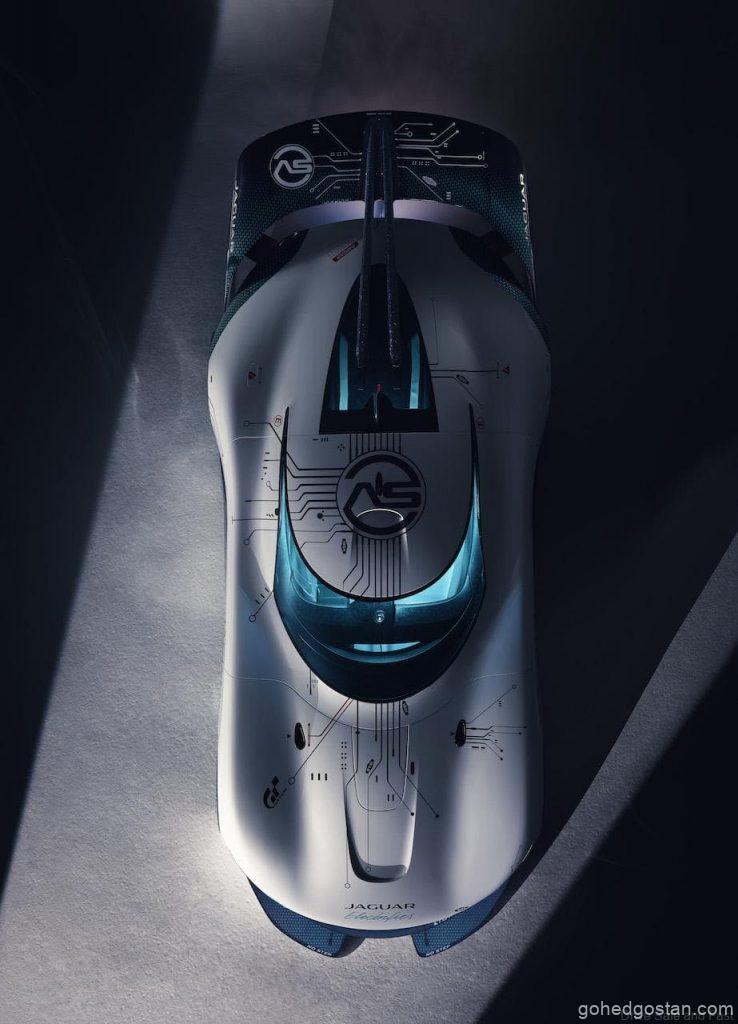
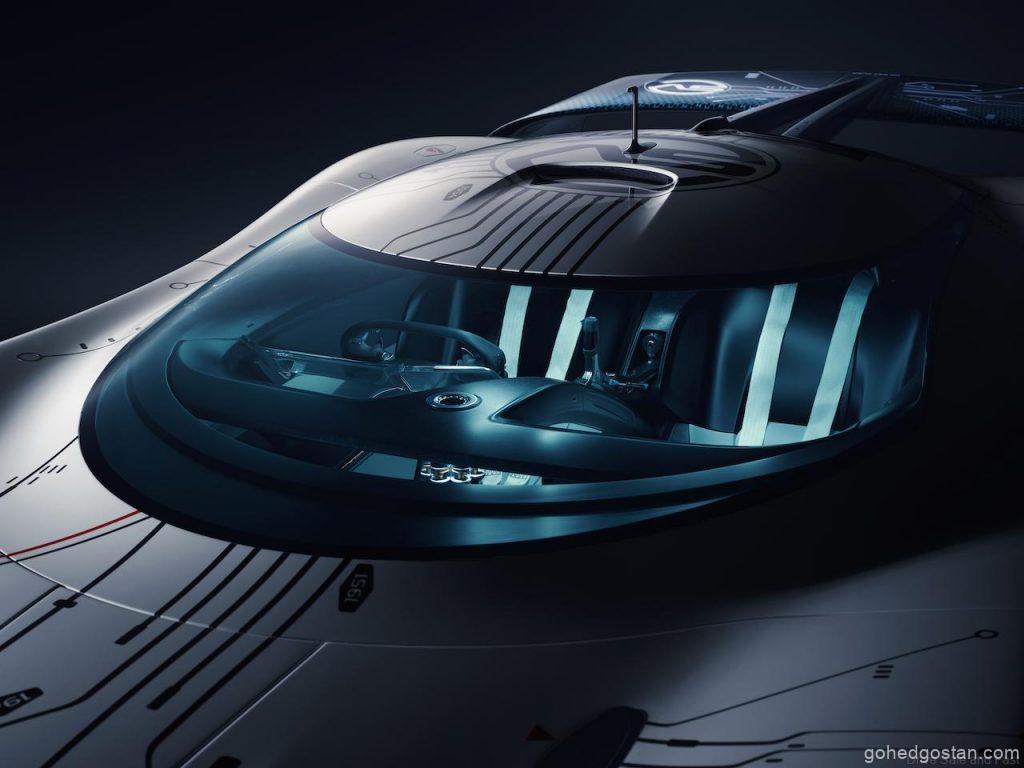
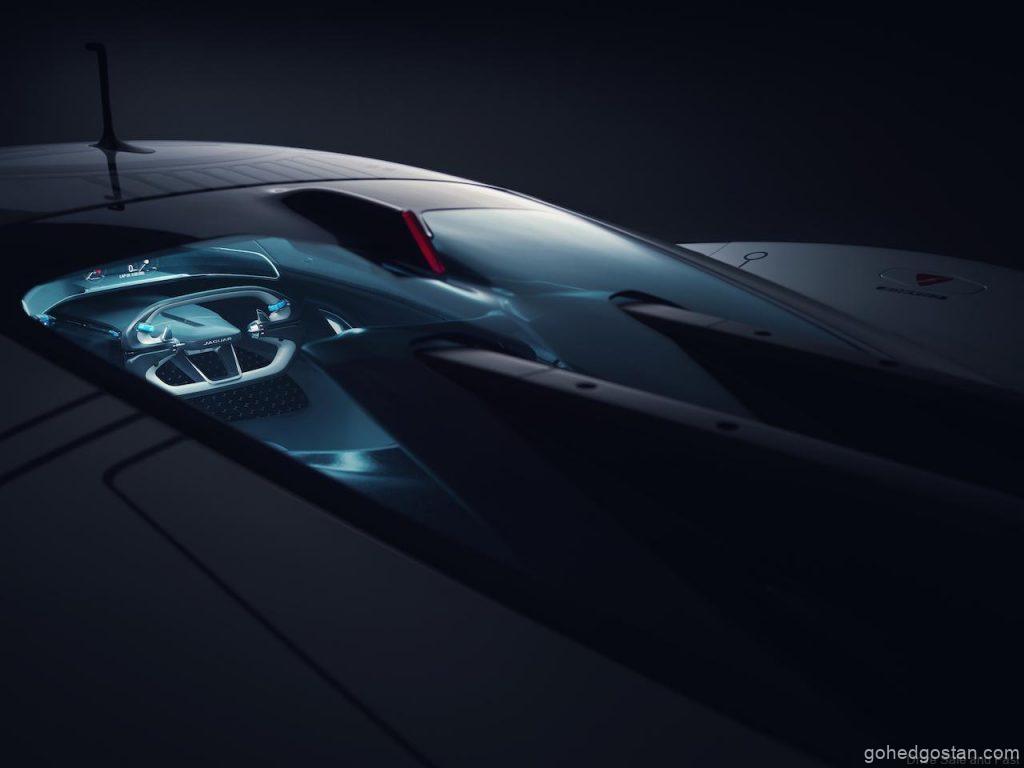
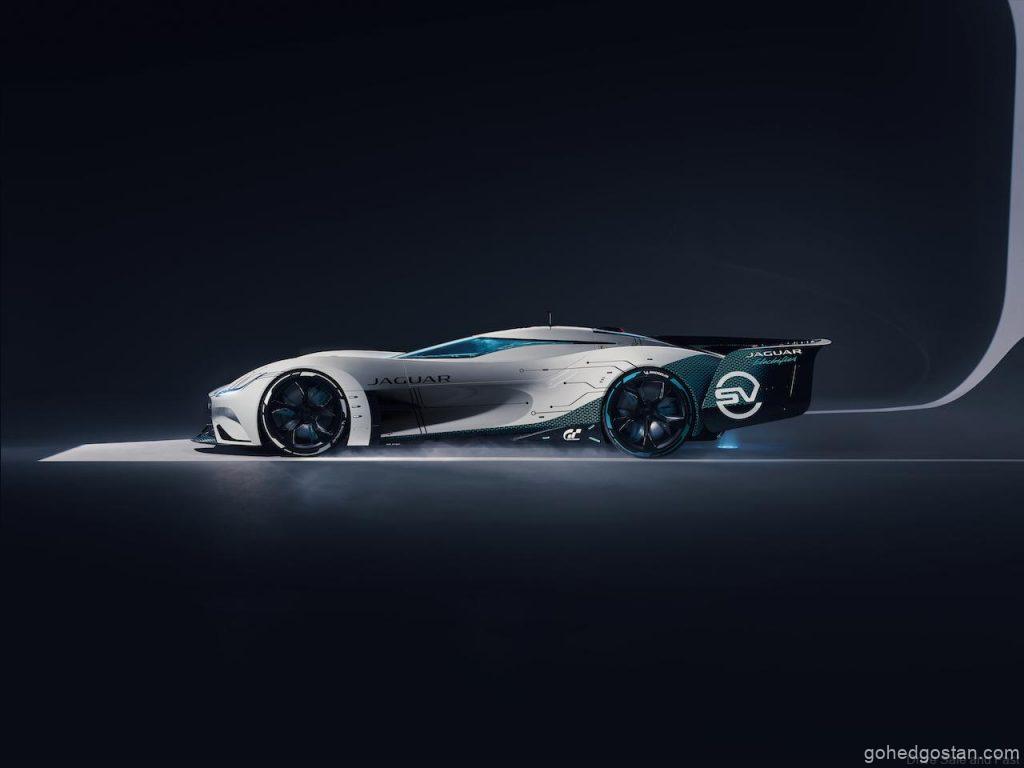
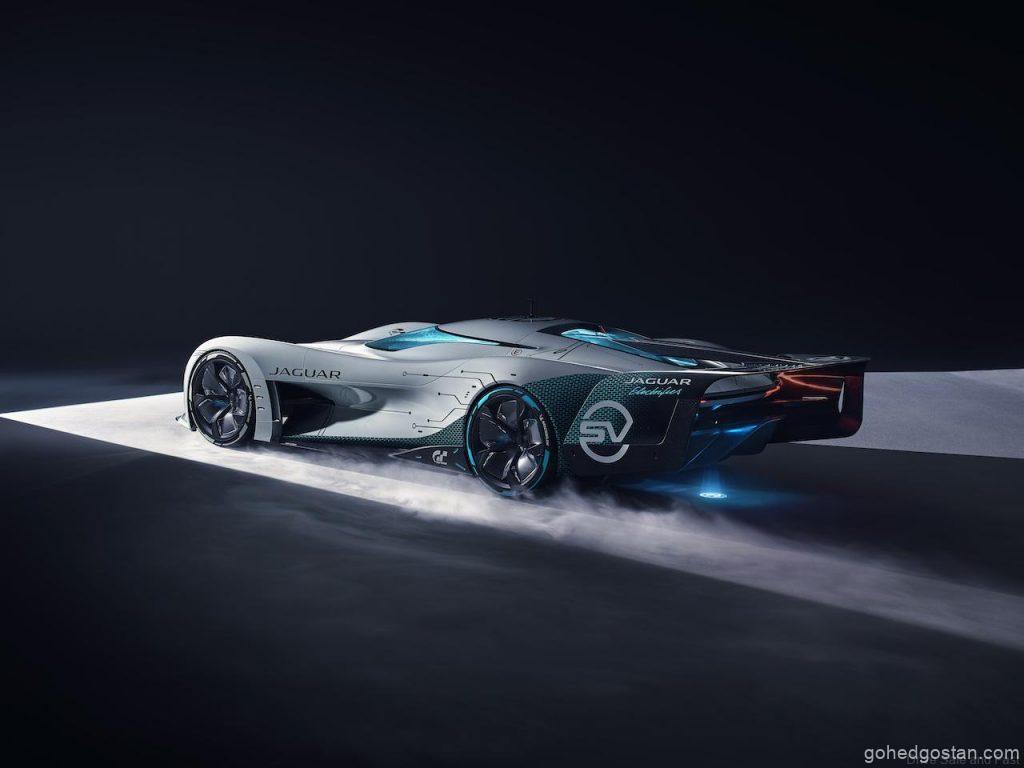
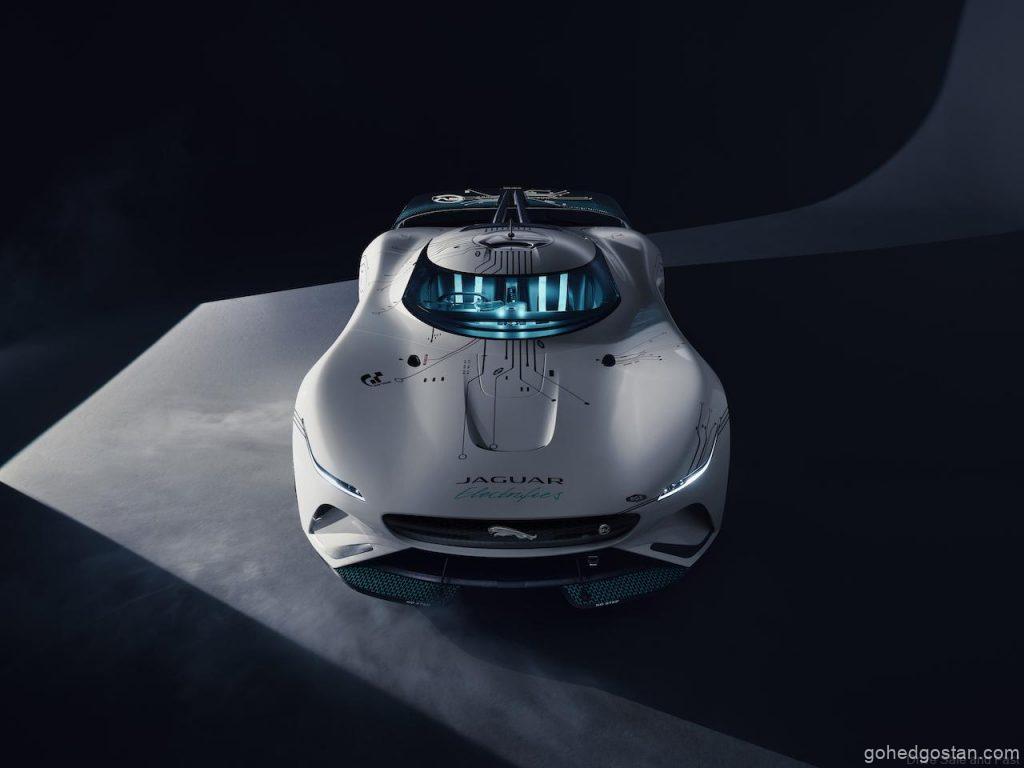
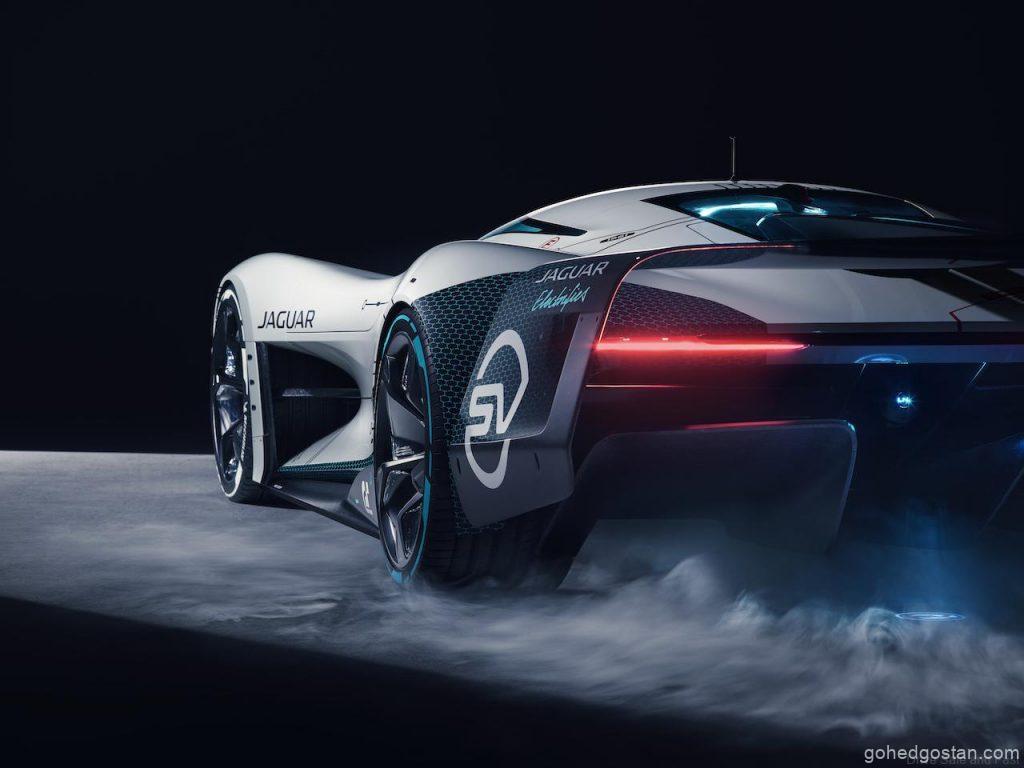
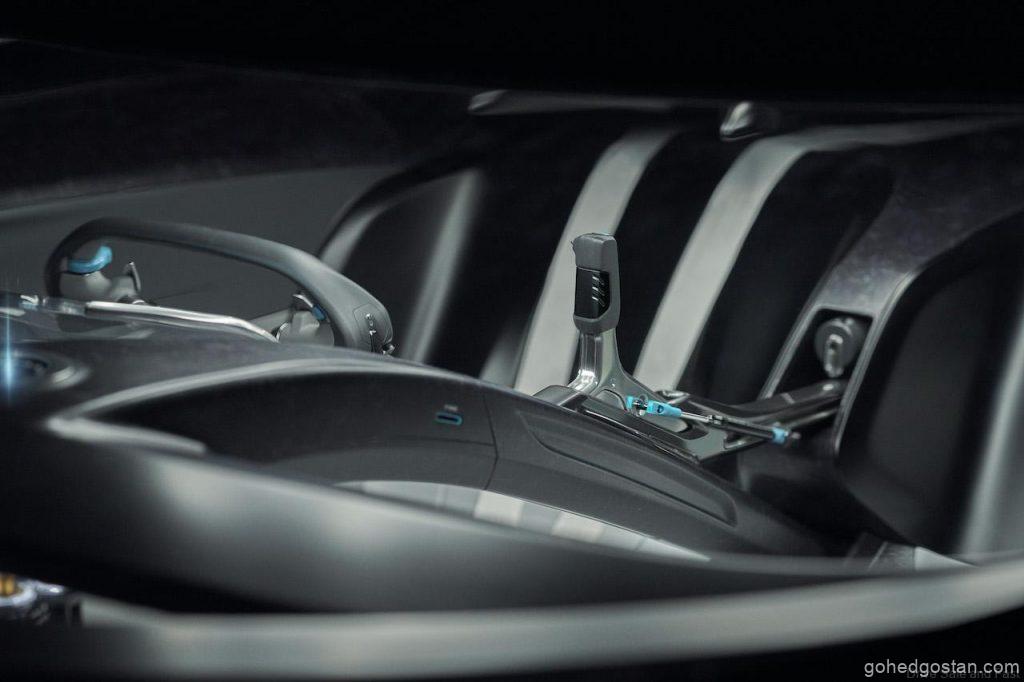




No Comment